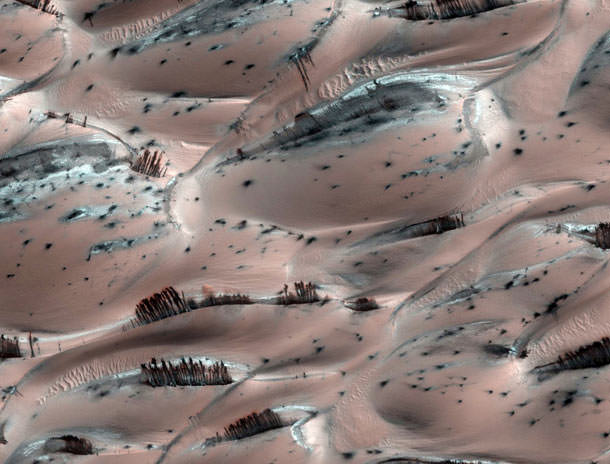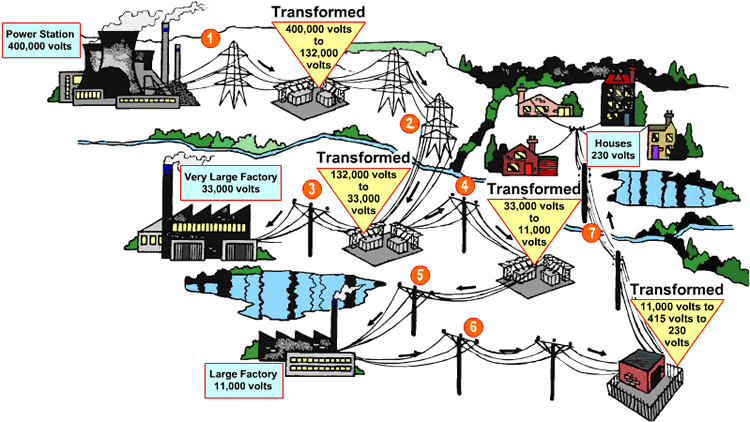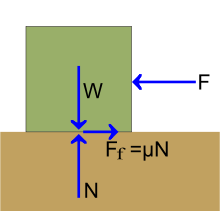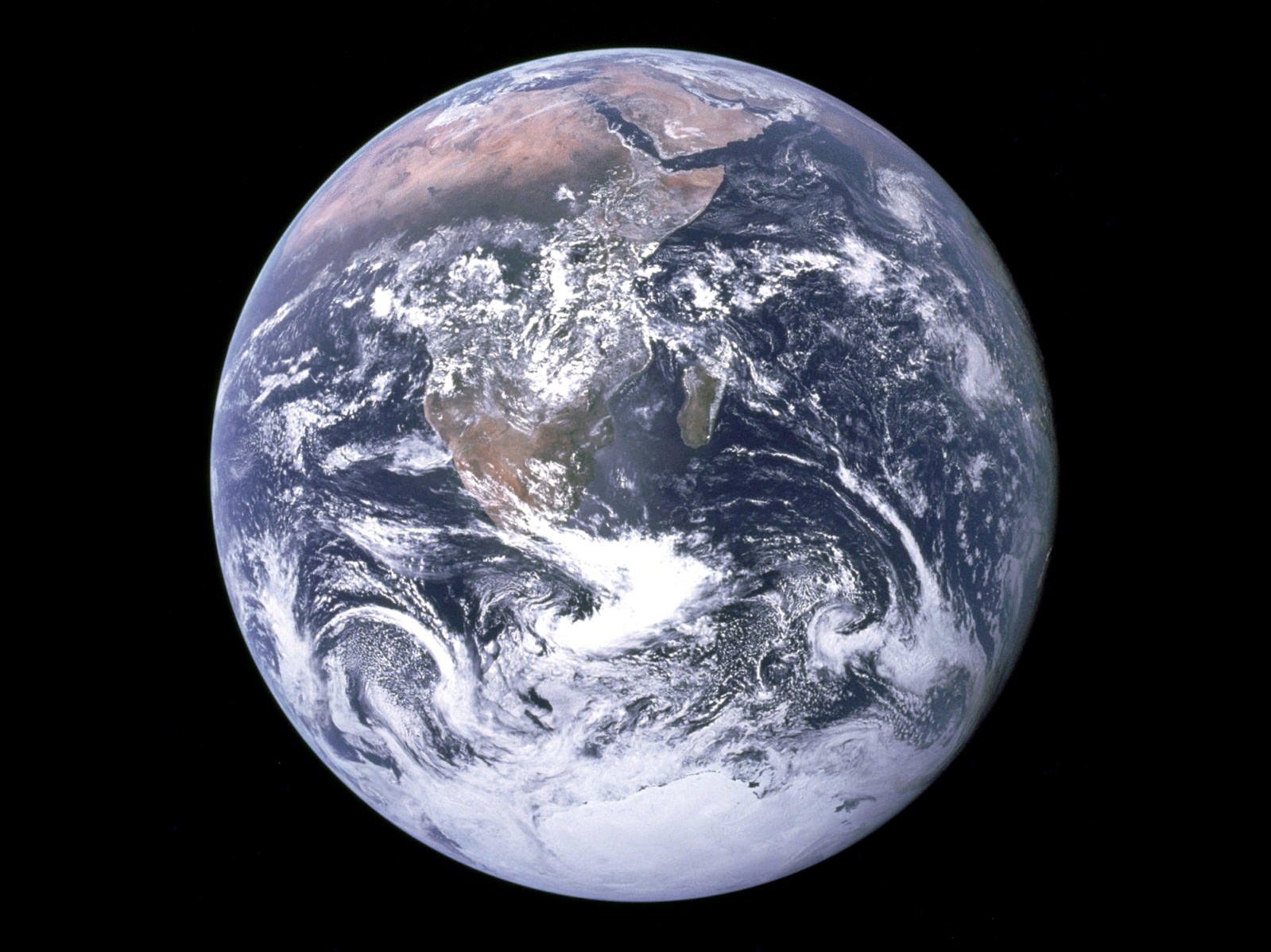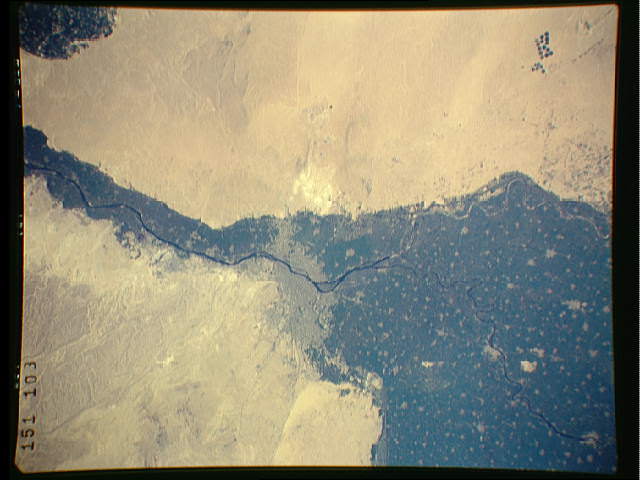[/caption]
I’m not sure if you’ve noticed, but Universe Today articles are showing up on other websites, including our good friends over at Discovery News, Physorg, and even the Christian Science Monitor. I’ve had a few people emailing me, warning me that people are stealing our content.
They’re not stealing, I’m encouraging them to steal. Here’s the deal, and I’ve actually said this for years and years: feel free to use Universe Today articles for anything you like. You don’t need to ask permission. If you find an article that you like, and you’d like to put it on your website, be our guest. Free. You can put it into a website, record it as a podcast, include it your Astronomy Club’s newsletter, etc.
All we ask is that you attribute Universe Today as the original source of the article, and that you give credit to the original writer. If it’s on the web, please provide a link back to the original article on Universe Today. I think that’s fair. Free content for your website in exchange for a link back.
I know that a lot of the big media companies have been slashing their news teams, and dedicated science news is one of the departments that got hit pretty hard. It’s too bad. There’s a huge hunger for good quality, original science news, and the success of Universe Today demonstrates this.
So remember. Steal our content, it’s free. Don’t bother asking, just take it. Put a link back to Universe Today if it’s on the web, and give the original author the credit so they can boost their credentials.
If you want to do something more complicated, or a cooperative news piece with Universe Today, just drop me an email. We’d be happy to help out.
Fraser Cain
Publisher



